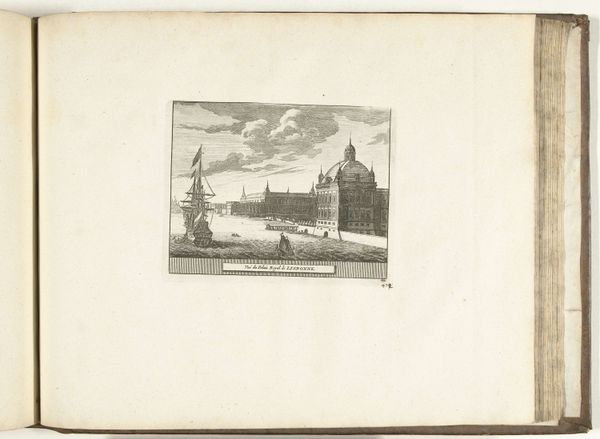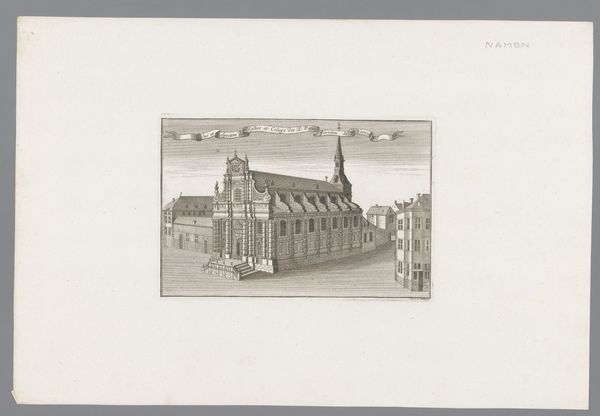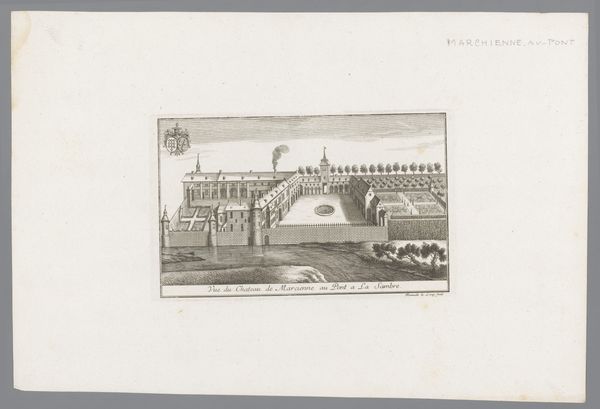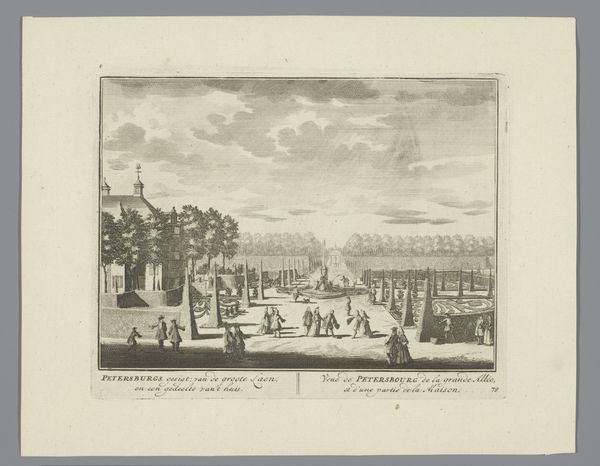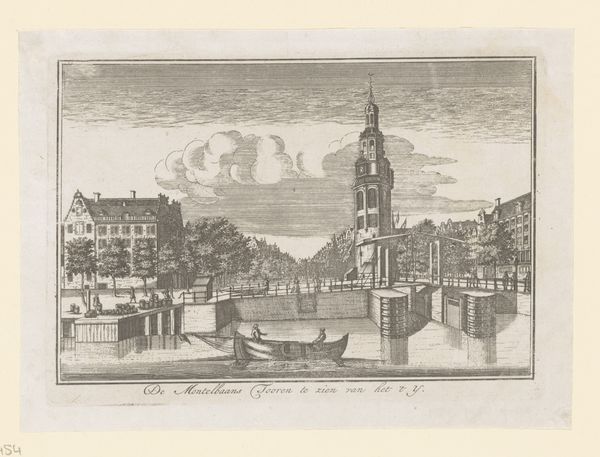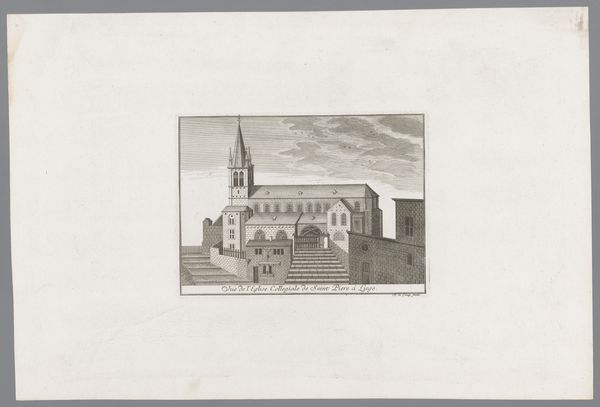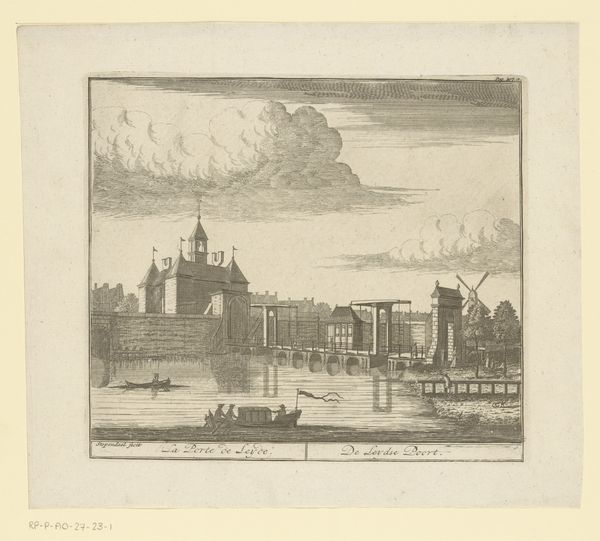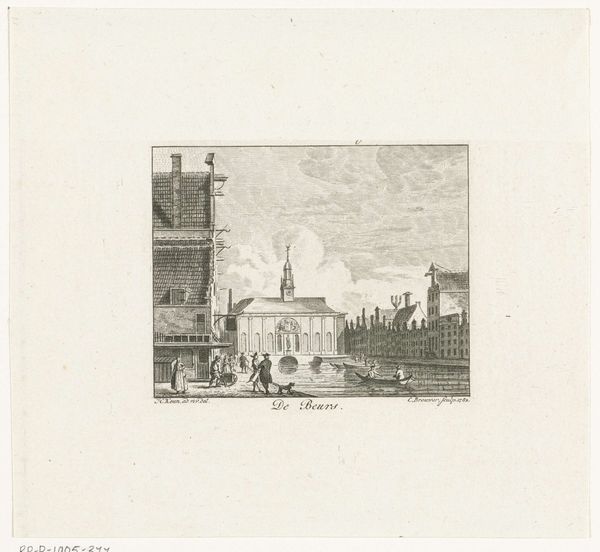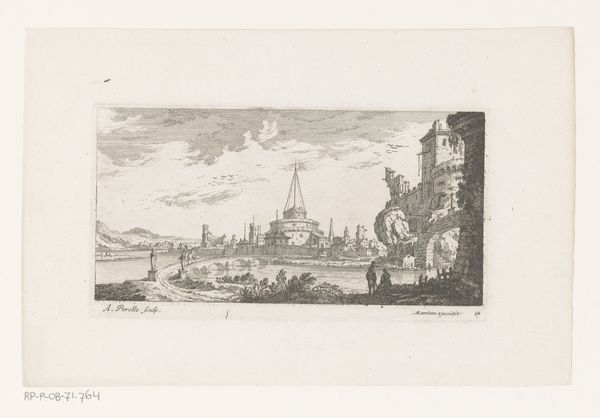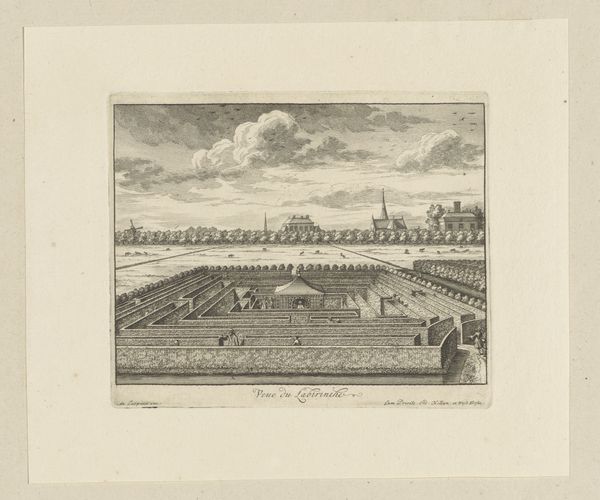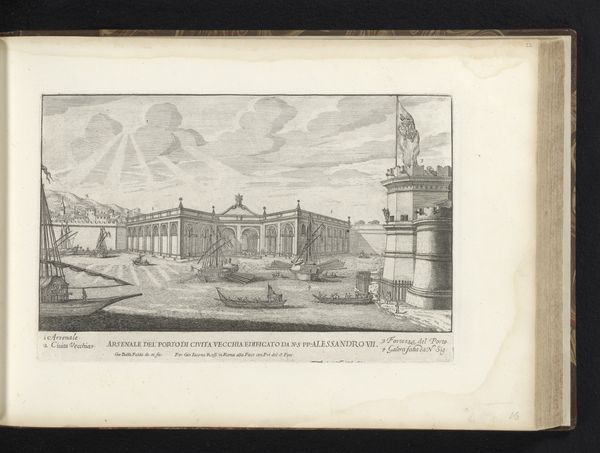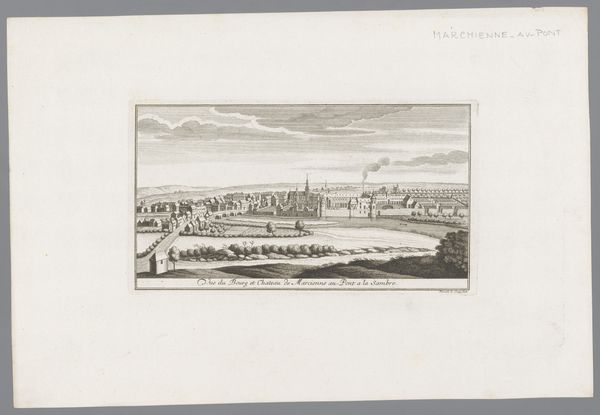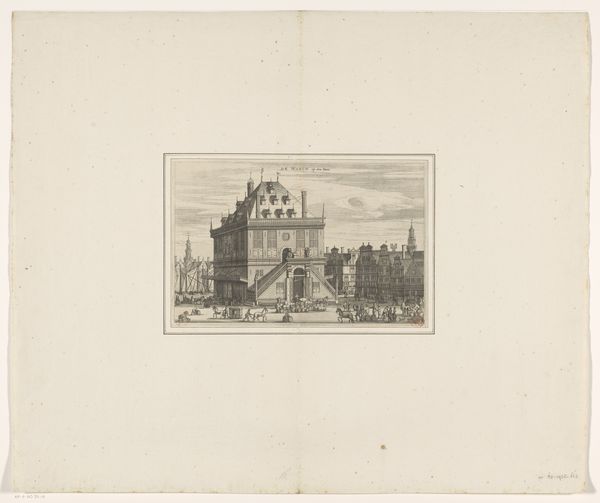
print, engraving
#
dutch-golden-age
# print
#
landscape
#
cityscape
#
engraving
Dimensions: height 169 mm, width 191 mm
Copyright: Rijks Museum: Open Domain
Curator: This engraving by Barent de Bakker from 1772 depicts the Second Muiderpoort in Amsterdam. Notice the meticulous details in rendering the architecture. Editor: It strikes me as rather idyllic, almost dreamlike. The light seems diffused, and the scene feels incredibly calm, despite it being a gateway to a bustling city. Curator: Bakker’s work fits neatly into the tradition of Dutch Golden Age landscape art, even though the Golden Age itself had passed. Such images of urban spaces were extremely popular then, showing off the advancements of the Dutch Republic. Consider how prints like these served to broadcast civic pride and even shape a collective identity. Editor: I see it as a portrayal of power dynamics. The figures strolling so leisurely through the gate appear rather wealthy. The man with a fishing rod hints at the economic underpinnings that sustain their privilege. Whose city is this image celebrating, really? Curator: An astute point. The Muiderpoort itself was vital for trade and defense. Think about the infrastructure required to maintain such a structure and who profited from it. Editor: Exactly! This gate didn’t just exist, it served specific interests. Looking at it now, centuries later, it's crucial to examine what that represents historically in regards to wealth inequality, or in the context of current border control discussions. Curator: Understanding that historical context is indeed crucial. De Bakker’s piece becomes more than just a pretty picture, doesn't it? Editor: Absolutely. It's a window into how power presented itself – literally framing Amsterdam. It pushes us to question whose narratives are visible, and whose are purposefully erased. It can almost make you want to deconstruct the thing with the sociopolitical meanings embedded. Curator: Looking closely, the print medium allows for dissemination. Copies such as this made those visuals widely available for viewers in different geographic locations. This aided a wide consumption of symbolic images. Editor: By showing the way the artwork connects across historical eras, these points provide crucial access to these broader stories.
Comments
No comments
Be the first to comment and join the conversation on the ultimate creative platform.

